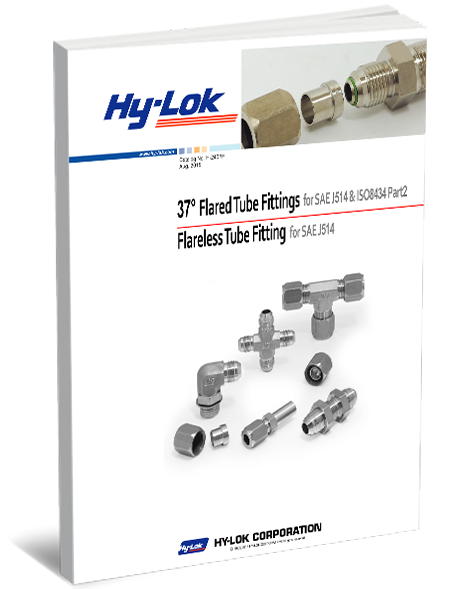For nearly 50 years, Hy-Lok has been manufacturing high-quality and durable valves and fittings for fluid control systems. If you work with CNG (compressed natural gas systems), you can find a state-of-the-art natural gas check valve from our catalogue. These components are critical for preventing gas and liquid backflow in CNG systems, and to ensure optimal performance, they must be regularly evaluated and maintained. Below, we’ll discuss the importance of maintaining check valves and why Hy-Lok is your top choice for a reliable, long-lasting CNG component.
Why Regular Maintenance is Critical
Systems that require a natural gas check valve use compressed natural gas, which is placed under extreme pressure to operate efficiently. The role of the check valve is to control the flow of the gas from its reservoir to its destination and prevent the gas from being directed through the wrong exit point.
If the check valve fails, this can cause the liquid to reverse its direction, resulting in pressure imbalances, contamination, and system failure, among other potential problems. Check valves will experience general wear and tear after being regularly exposed to natural gas pipe contaminants, high pressures, and varied temperatures. By performing regular maintenance tasks, however, you will be able to limit the wear your check valve will experience, ensuring its durability and the utility of your equipment for a longer period of time.
Signs That Your Check Valve Needs Maintenance
There are several signs that can help you discern whether your check valve requires maintenance. Some of these indicators include:
- Loud noises coming from the area where the valve is installed. This is generally caused by the valve closure slamming when it comes into contact with liquid or debris build-up.
- Increased energy bills. If you notice an uptick in your energy consumption, this could indicate that the valve is failing to regulate your system’s inlet and outlet pressure.
- Pipe leaks. If you notice that the joints and connections on your pipes are spewing liquid, this may be a sign of valve failure.
- Equipment Failure: If your equipment is no longer functional, this is a more advanced sign of check valve failure. In many cases, this may only be corrected by replacing your valve with a new component.
Standard Practices for Natural Gas Check Valve Upkeep
There are a few standard maintenance tasks your worksite can develop when inspecting your equipment to ensure the high quality of your natural gas check valve. Performing these tasks will prevent the need for replacement parts and allow your valve to work optimally. Some of these simple tasks include:
Oxygen Cleaning: Routinely flush out your gas check valve via oxygen cleaning. This method clears the valve of any impurities, such as machine oil, and will prevent the build-up of debris.
Install Filters and Covers: Adding filters and covers to your check valve will prevent solid particles from breaking through and also reduce the possibility of leaks.
Lubrication: Lubricating your check valve will reduce friction in the different parts of the component. This will increase the longevity of your valve and ensure smooth operations.
Get a Durable Natural Gas Check Valve from Hy-Lok Canada
If you’re looking for a natural gas check valve that will last, partner with Hy-Lok Canada. Our product line-up features several valves, including our Compressed Natural Gas Check Valve, 700, 700H, 7001, and 700A series valves. These products feature pressure ratings up to 6000psig and are 100% factory-tested for cracking and resealing capabilities.
Visit our Products page to learn more about the check valves in our catalogue and enhance the functionality of your operations.




